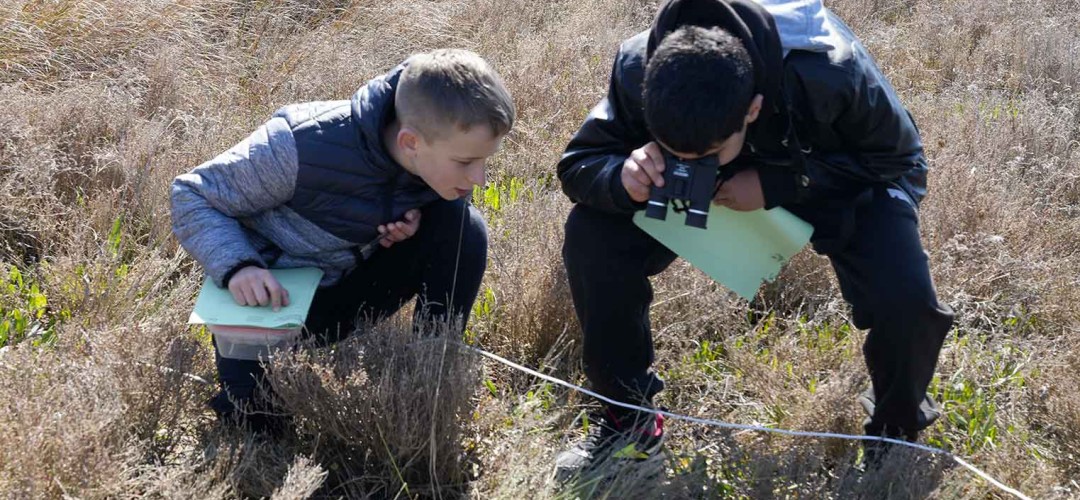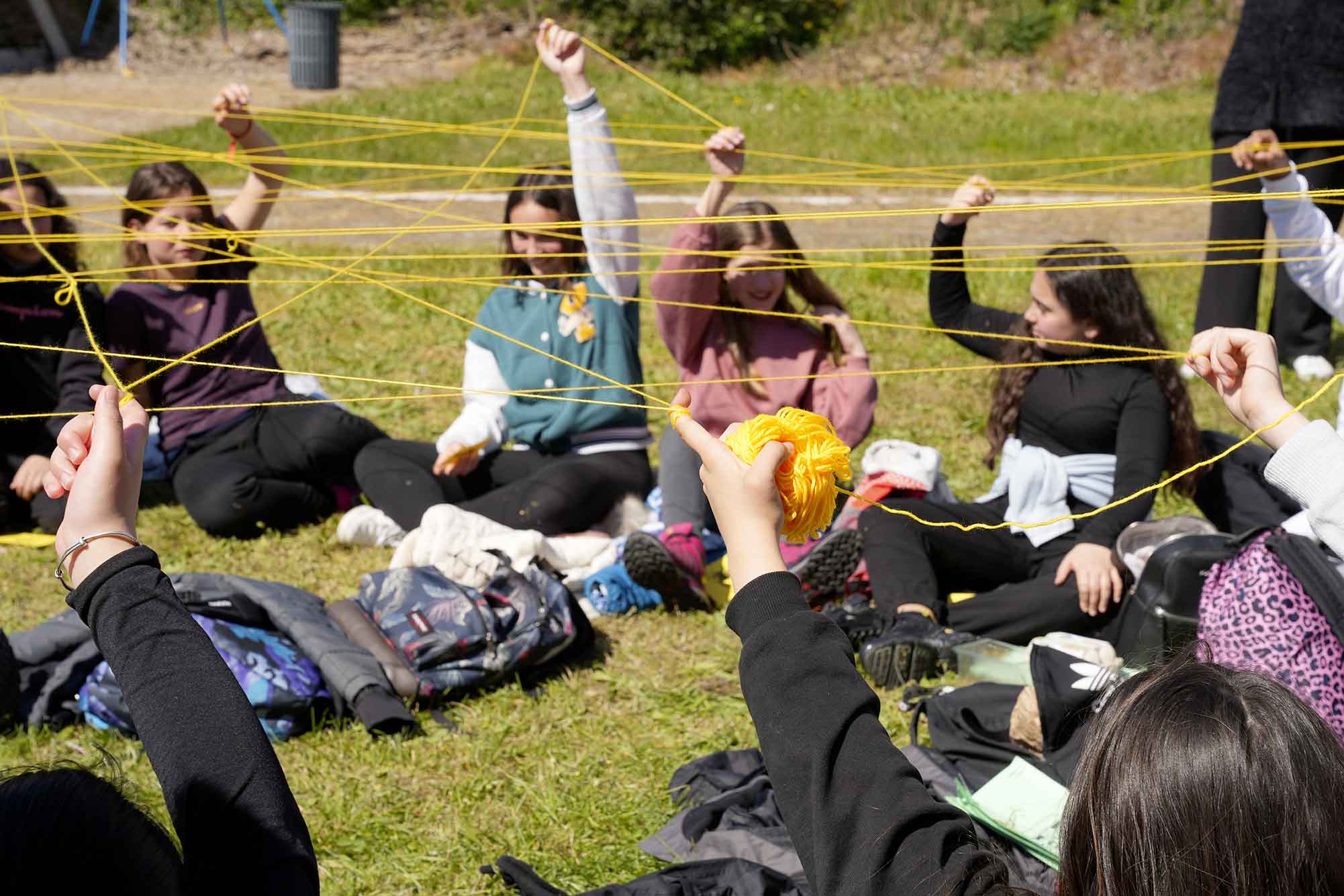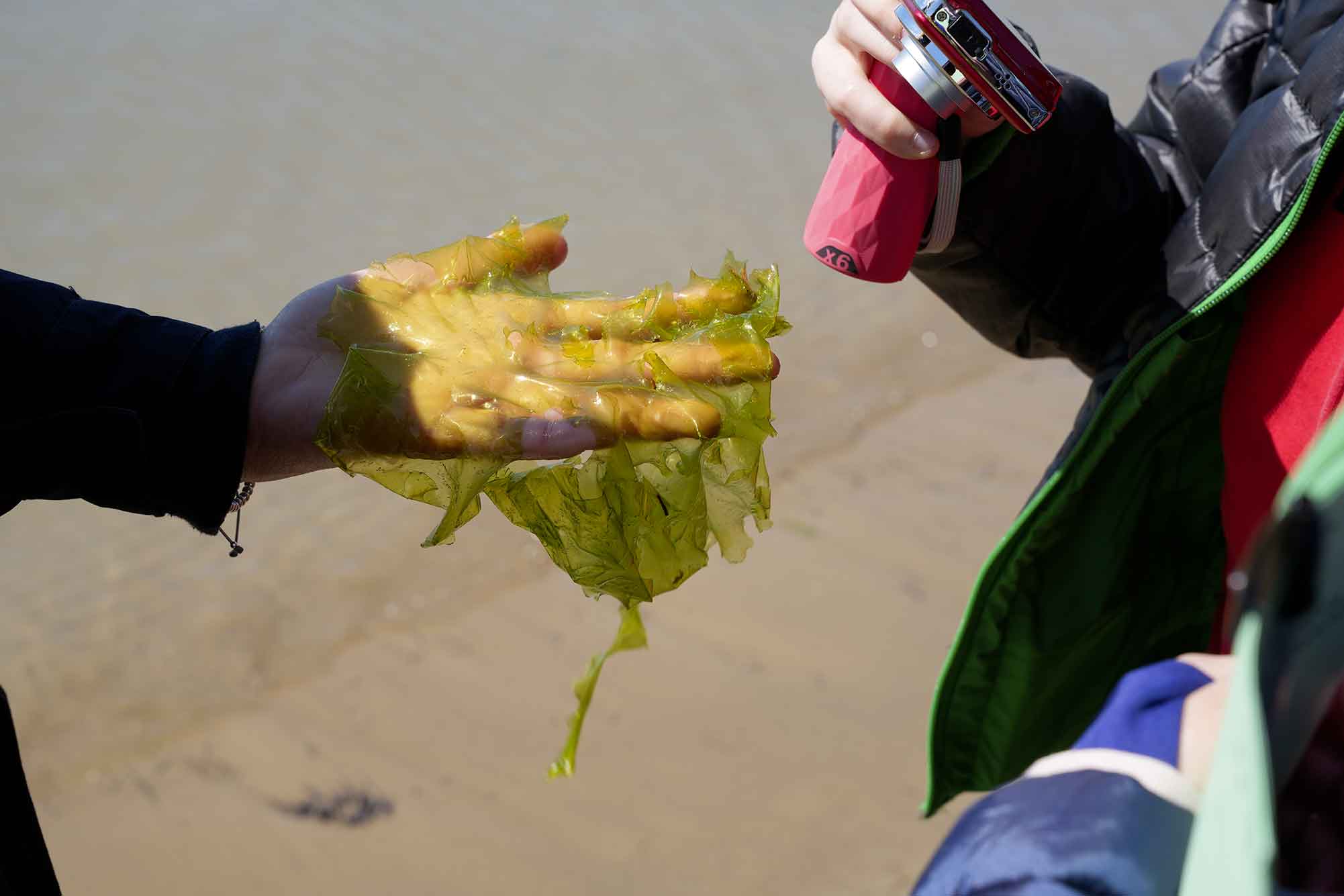Citizen science project in the lagoon
Citizen science project

The team of We are here Venice ETS, in the context of the EU project WaterLANDS, designed in collaboration with the Department of Environmental Sciences of Wageningen University (The Netherlands) and the Venice Natural History Museum Giancarlo Ligabue (MSN) a citizen science project in the lagoon involving students aged 11 and 12 from the greater area of Venice.
Citizen science is the practice of public participation and collaboration in scientific research to increase scientific knowledge. Citizens of all ages engage in citizen science by participating in projects as volunteers in direct contact with scientists and practitioners with the aim to answer radical questions related to our natural environment. Much of the work is carried out in places unconventional to scientific practice such as our backyards, living rooms or public spaces. Nonetheless, citizen science requires people to use established science protocols and tools, bringing everyone into the idea of contributing to the process of knowledge creation.
In Venice
In late March, the citizen science activity started with the educational programme called “The Giants of the Lagoon”, consisting of lectures at school and excursions in the lagoon environment. The project involved 6 secondary school classes from the greater Venice area in an exploration of the lagoon and its fundamental elements, to emphasise each individual element’s value in relation to all the others in a holistic vision.

During the lagoon excursions, students compiled a special logbook, an invitation to explore the special world between the deep sea and the mainland collecting observations, which can also be used as an inspiration to tell the lagoon to those who are far away or to those who do not know it. Moreover, particular attention has been focused on the assessment of the change in perception of the students before and after the citizen science activity in terms of cognitive understanding of relationships (between the characteristic elements of the lagoon environment), emotional associations and finally nature connectedness related to their personal lagoon experience.

Part of the results of the project will be presented during a public event at the Natural History Museum on May 27th. The event is part of EU Green Week 2023 Programme to raise awareness about the importance of protecting the environment and promoting sustainable living practices.
Footnotes:
This project has received funding from the European Union’s Horizon 2020 research and innovation programme under grant agreement No 101036484 (WaterLANDS). This output reflects the views of the authors and the European Commission is not responsible for any use that may be made of the information contained therein.
◾